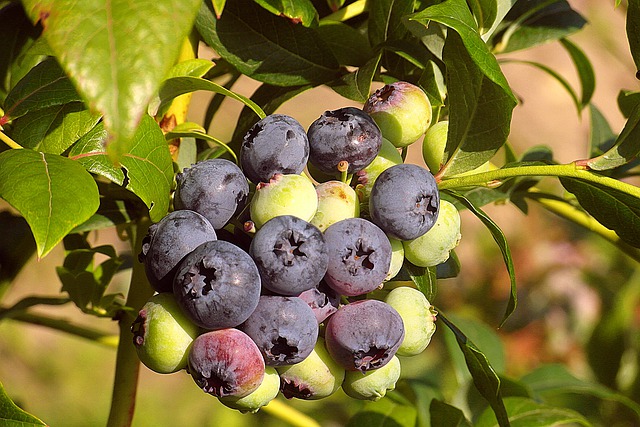Can I Prune Blueberries In Summer?—The Best Time to Prune Blueberries

In the summer and fall, don’t cut your trees back after you’ve had a harvest. In zones 3 through 10, depending on the type of blueberry, flower buds start to form for the following year’s crop. The fruit grows on one-year wood. When buds aren’t yet visible, summer and fall are a bad time to cut back on trees. This means that the following year’s fruit is lost. As a result, bushes that are pruned too late grow new branches that are more likely to get hurt by winter cold. With dormant pruning, canes can be seen clearly, and large flower buds stand out on wood that has been around for a year or more.
Table of Contents
The Best Time to Prune Blueberries
Blueberries should be cut back in the late winter and early spring when the plants are dormant (late February or early March). This way, it’s easier to see how the plant is put together and which branches need to be cut off. They look very different in the winter, both in color and texture. Plus, pruning during the dormant season makes the plant less stressed. No carbohydrate-producing leaves are being cut off from the bush.
There are a lot of places where blueberries grow well because they have a dormant season from December to March. These plants are very hardy. Some types can live down to -35°F (-37°C). They need a certain number of hours below 45°F or 7.2°C (called “chill hours”) for their flower buds to open and make berries. This is “chill time.” Unless there is a lot of cold weather, blueberries don’t produce fruit.
There is a different amount of time that each type and variety of blueberry needs to chill. These blueberries need 200-800 hours of chilling time and are best for the southern parts of the United States. High-chill plants take about 800 to 1000 hours to grow. They’re best for the north, though. To buy blueberry plants, choose one that fits where you live.
Types of Blueberries and Their Pruning Needs
High-bush, low-bush, rabbiteye, and many other blueberries can be found. It is most common in the north for people to buy ‘half-high’ types of food High-bush and low-bush plants have been mixed to make these plants. They’re a good match for most backyards. 3 to 4 feet tall and wide, they have a lot of fruits. Rabbit-eye blueberries are better for southern gardens because they can withstand more heat and need less chill time than other types of blueberries.
There must be at least two different kinds of blueberries to get fruit. All but a few varieties need a cross-pollination partner to grow. However, many plants can grow on their own. To get the pollen out of the bell-shaped flowers of blueberries, our native bumblebees have to make a lot of noise.
As long as you grow the same type of blueberries, the job of pruning blueberries is almost the same.
Tips on How to Prune Blueberries
It depends on how old the plant is and how many blueberries it has. If the plant is new, it needs to be pruned. This is a list of blueberry pruning instructions for both situations. You can follow them step by step.
- You should never cut back on blueberries and make them into meatballs by cutting them into small pieces. Their fruiting buds are 2-3 inches of stem growth on the outside. There are no flower buds left after cutting the plants back.
- The branches on your blueberry bushes will get older if you don’t properly prune them. But if you don’t, new branches that produce fruit will not grow. Older blueberry bushes that haven’t been pruned are more likely to make leaves than berries, and the berries that do grow are small and only on the outermost parts of the stems.
- Do not use blunt or dirty pruners when cutting. Before moving from one bush to another, ensure that your pruning tools are clean. If you don’t want to use a spray disinfectant, you can dip your tools in a 10% bleach solution or spray Lysol on them instead.
- They grow on old wood, which means the buds for each year’s berry crop are made in the summer and fall of last summer and fall. During the winter, keep your blueberry plants away from deer. They may cut the buds off their stems and leave you with no blueberries!
